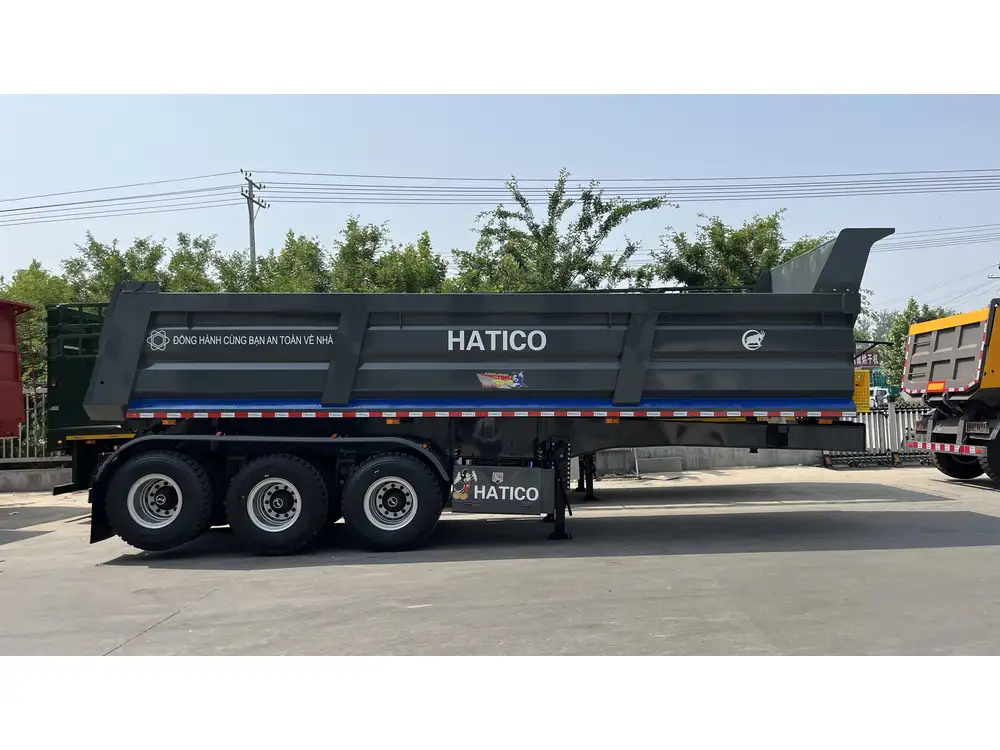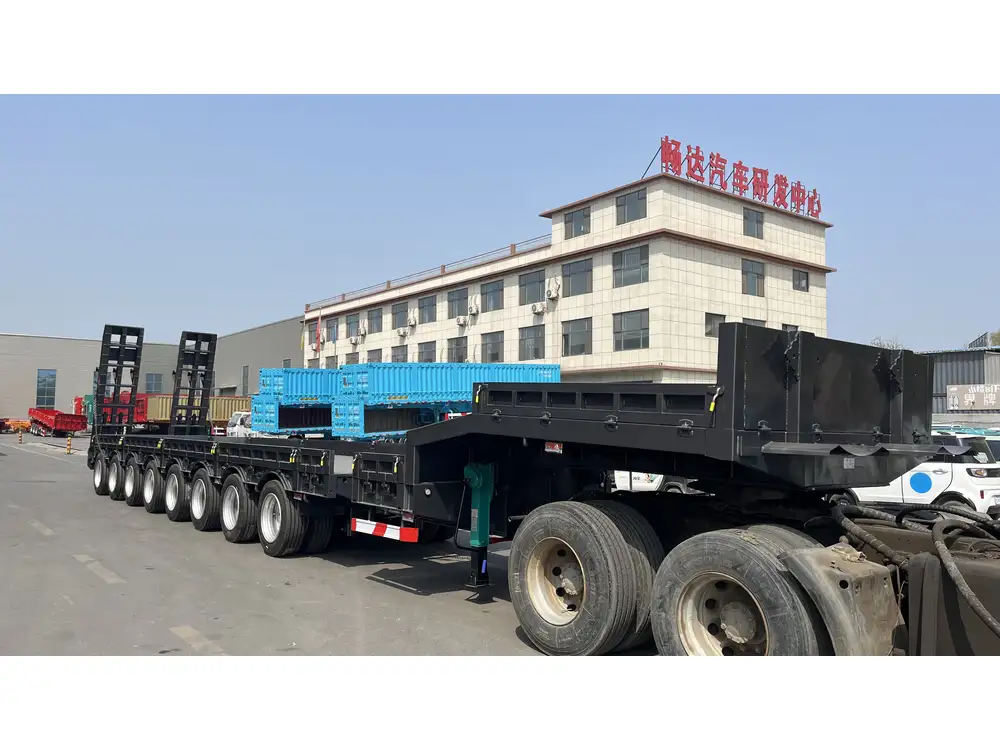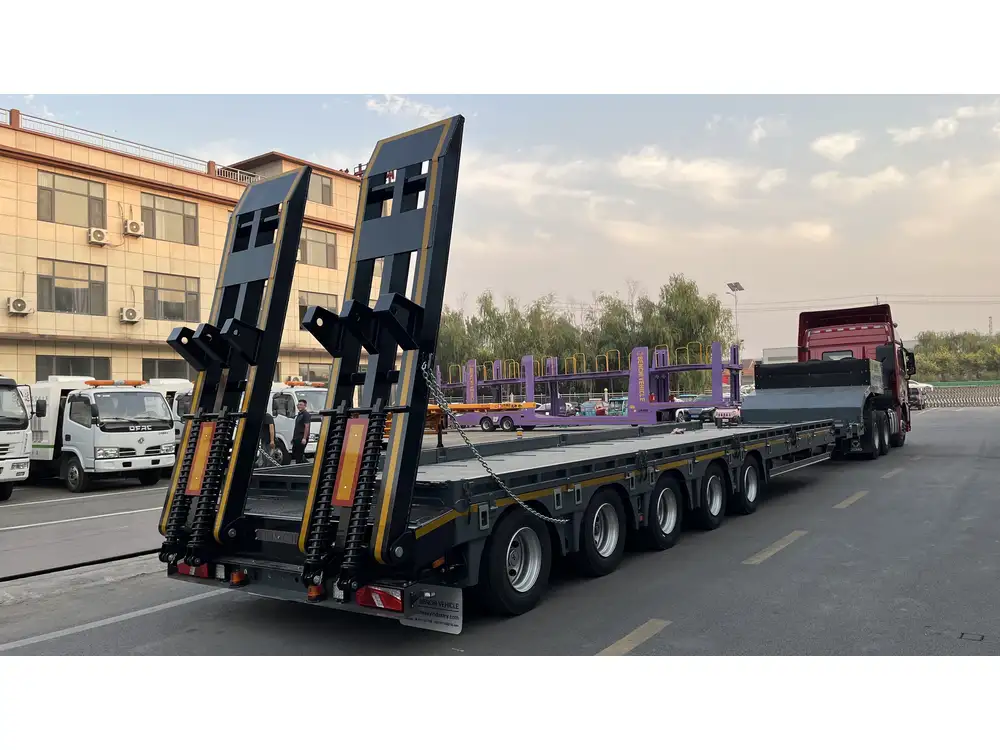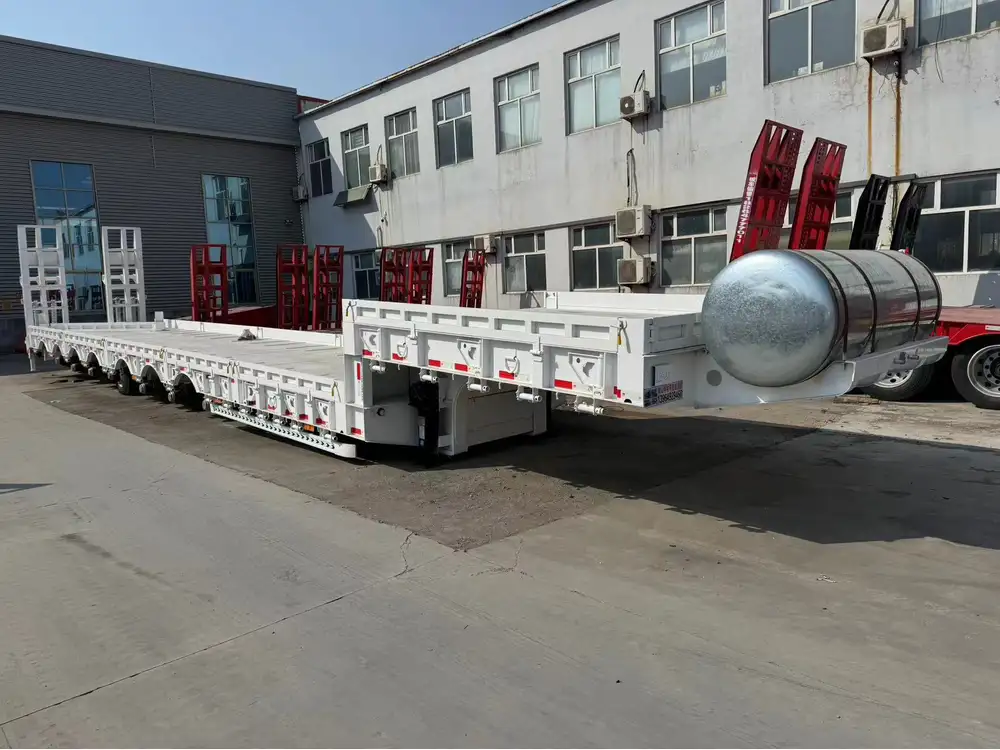Understanding the ABS System in Semi-Trailers
The Anti-lock Braking System (ABS) is a critical safety feature designed to prevent wheel lock-up during braking, enhancing vehicle control and reducing the likelihood of skidding. In the realm of semi-trailers, ensuring optimal performance of the ABS system is paramount for safety, regulatory compliance, and efficient operation.
Key Components of the ABS System
Wheel Speed Sensors: These are installed at each wheel to constantly monitor the wheel’s rotation speed. They send signals to the ABS control module.
ABS Control Module: It processes the data from wheel speed sensors and makes real-time decisions to modulate brake pressure.
Hydraulic Control Unit: This component adjusts brake pressure to each wheel, alleviating potential lock-up.
Understanding these components will help in diagnosing issues when the ABS light activates.

Why the ABS Light Activates
The ABS warning light can illuminate for various reasons, including but not limited to:
Faulty Wheel Speed Sensors: A malfunction or dirt build-up can lead to incorrect readings.
Brake Fluid Level: Low brake fluid can trigger the ABS light, indicating potential issues with the braking system.
Faulty ABS Module: A malfunction in the ABS control module could cause the system to activate the warning light.
Electrical Issues: Damaged wiring or electrical faults can disrupt signal transmission, illuminating the ABS light.
Common Signs of ABS Problems
Tactile Response: You may notice the brakes acting differently, such as engaging harder or softer than usual.
Increased Stopping Distance: If the vehicle takes longer to stop, there may be a malfunction in the ABS function.
Erratic Brake Behavior: If the brakes feel inconsistent, that’s a strong indication that the ABS could be malfunctioning.
Recognizing these warning signs can prompt timely checks before they escalate into more severe issues.
Step-by-Step Guide to Checking the ABS Light on Your Semi-Trailer

1. Visual Inspection
Initiate your assessment by conducting a comprehensive visual inspection of the semi-trailer’s braking system, focusing on:
Wiring and Connectors: Look for frayed wiring, loose connections, or corroded terminals.
Wheel Speed Sensors: Ensure sensors are clean and securely mounted.
Brake Lines: Inspect for leaks or cracks.
Brake Fluid Level: Check the master cylinder for any leaks or low fluid levels.
2. Read Diagnostic Trouble Codes (DTC)
Utilizing an On-Board Diagnostics (OBD) scanner or a more specialized ABS scanner can provide insight into issues potentially causing the ABS light to illuminate.
Connecting the Scanner: Locate the OBD-II connector within the vehicle and connect your scanner.
Retrieving Codes: Initiate a scan and document all DTCs related to the ABS system.
Analyzing Codes: Utilize manufacturer codes or DTC references to interpret the results alongside your vehicle’s service manual.
3. Conduct a Road Test
A practical approach involves performing a road test to further identify performance issues related to the ABS system.
Test Procedure:
Clear Diagnostic Codes: If you previously retrieved any codes, clear them before starting the test.
Engage in Regular Driving: Drive the semi-trailer through various conditions—accelerate, brake, and navigate sharp turns to evaluate braking performance.
Evaluate ABS Activation: During emergency stops, monitor if the ABS engages (characterized by a pulsating brake pedal).

4. Perform a Brake System Check
If the ABS light stays on post-tests, it’s crucial to delve deeper into the braking system, ensuring every component operates effectively.
Checklist:
Inspect Brake Pads and Rotors: Wear and tear can significantly impair braking performance.
Review Brake Fluid Condition: Old or contaminated brake fluid may interfere with system functionality.
Examine the Master Cylinder: Check for any leaks and ensure it’s functioning correctly.
5. Consulting Professional Assistance
If the ABS light persists despite your checks, it’s advisable to consult a professional technician. Provide them with details of your diagnostics for a more targeted approach.
Showing Diagnostic Readings: Presenting DTCs and observed symptoms can help speed up the diagnostic process.
Requesting Comprehensive Check-ups: Experience with ABS systems allows professionals to identify underlying problems that may not be easily visible.
Preventive Maintenance Tips for the ABS System

Regular Checks
Consistent evaluation and maintenance of the ABS system are crucial:
Scheduled Inspections: Plan maintenance checks periodically to address wear and tear.
Immediate Repairs: Address minor issues promptly to prevent them from escalating.
Brake Fluid Maintenance
- Regular Fluid Replacement: Schedule brake fluid changes as recommended by the manufacturer to maintain optimal system performance.
Training and Awareness
Driver Training: Ensure drivers are well-informed about the function of ABS and how to respond to its activation.
Incident Reporting: Encourage drivers to document any changes in braking performance or illumination of warning lights.

Conclusion
Checking the ABS light on a semi-trailer can be a straightforward process if approached systematically. Not only does a well-maintained ABS enhance safety on the road, but it also underscores your commitment to efficiency and regulatory compliance. From initial visual inspections to more sophisticated diagnostic checks, understanding how to handle ABS issues equips you with the necessary tools to maintain your semi-trailer effectively. Safety on the road is non-negotiable, and taking these proactive measures can make all the difference.
Additional Resources
Maintenance Manuals: Always refer to the semi-trailer’s specific maintenance manual for tailored guidance.
ABS Diagnostic Tools: Invest in quality diagnostic tools that cater specifically to ABS systems.
Professional Services: Consider partnering with certified service centers that specialize in semi-trailer ABS systems for routine checks and emergency repairs.
In ensuring the safety and reliability of your fleet, a vigilant and informed approach to the ABS system will undoubtedly pay dividends in the long run.



